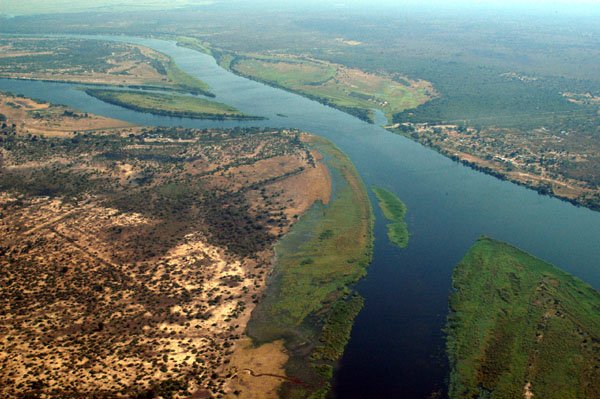The proposed Batoka Hydropower Project that is set to be constructed on River Zambezi across the border between Zambia and Zimbabwe now faces a new hurdle in the form of white water rafters operating in the area, Zambezi river authority (ZRA) has said.
ZRA chief executive, Munyaradzi Munodawafa said that consequently the angered white water rafters have constructed websites to protest against the project which he says will cost an estimated US$294 million.
But Munodawafa, who was speaking at a media briefing in Zambia last Wednesday added that the Zambezi water authority will not disturb the water rafter’s activities on the river and that the problem will be solved amicably.
This is the third time the project has been stalled since it was mooted 24 years ago.
Read:Nigeria signs agreement for Mambilla hydropower Plant
It was initially delayed by a dispute over the payment of the Central African Power Corporation debt arising from the construction of the Kariba Dam in the Rhodesian era.
Zimbabwe later moved to settle its arrears.
The Batoka hydro-electricity scheme is a three-phased project involving the construction of a dam, power station and transmission lines.
The project will be located about 54 kilometres(34 mi) downstream from Victoria Falls and consist of a roller-compacted-concrete gravity arch dam 181 m high that impounds a reservoir with a catchment area of 508,000 km2.
The site will feature two underground powerhouses, one on each river bank, each with a capacity of 800 MW.
Renewable energy portfolio
Upon completion the Batoka Hydropower Project which will generate 2 400MW to be shared equally by Zambia and Zimbabwe.It is also expected to increase the use of renewable energy in Zambia and Zimbabwe to 80% from the current 42%.
Construction of the power project is being spearheaded by the ZRA, which develops, operates, monitors and maintains hydropower projects along the Zambezi River shared by the two Southern African countries.
Africa is the most poorly connected in the world with Power consumption per capita in Sub-Saharan Africa currently estimated to be 181 kWh annually. Europe stands at 6,500 kWh while the US has 13,000 kWh.

